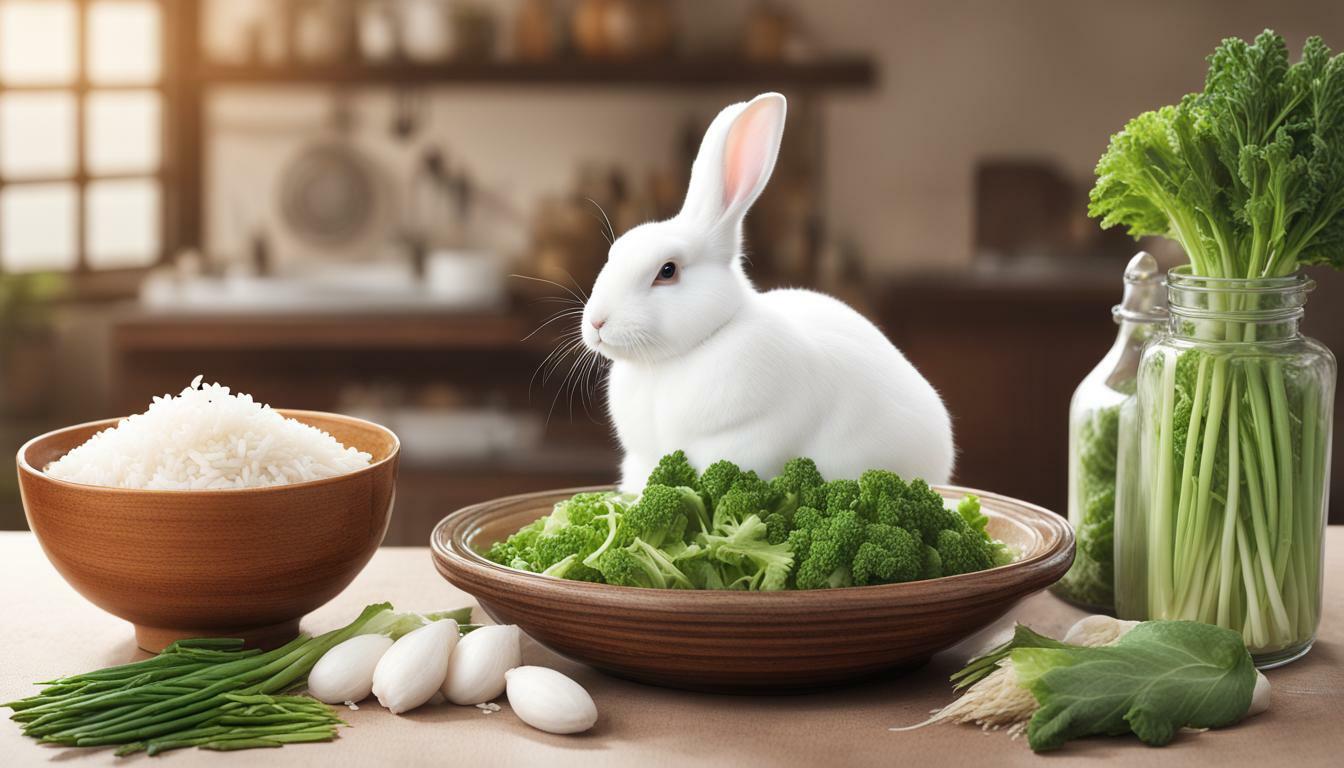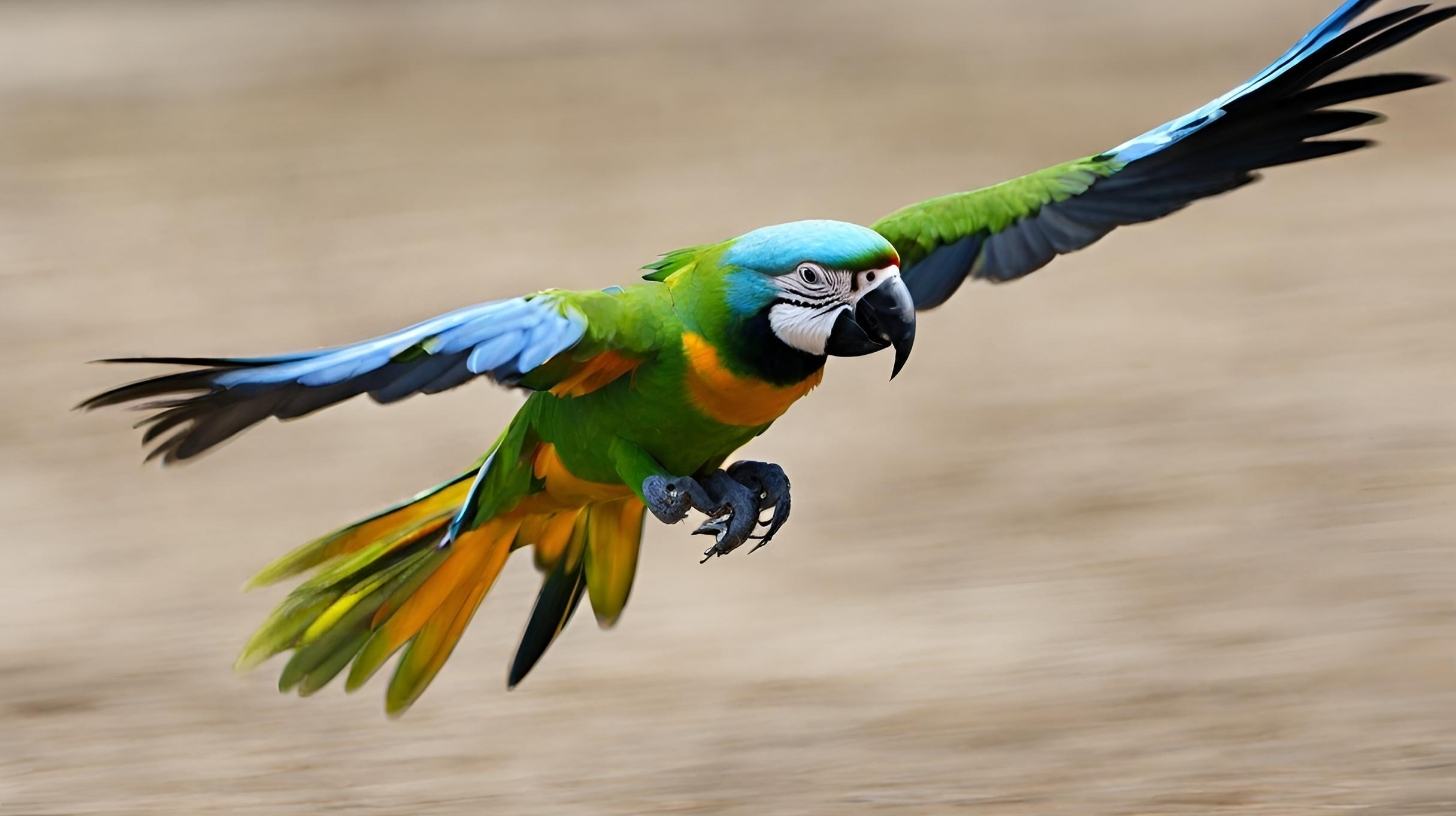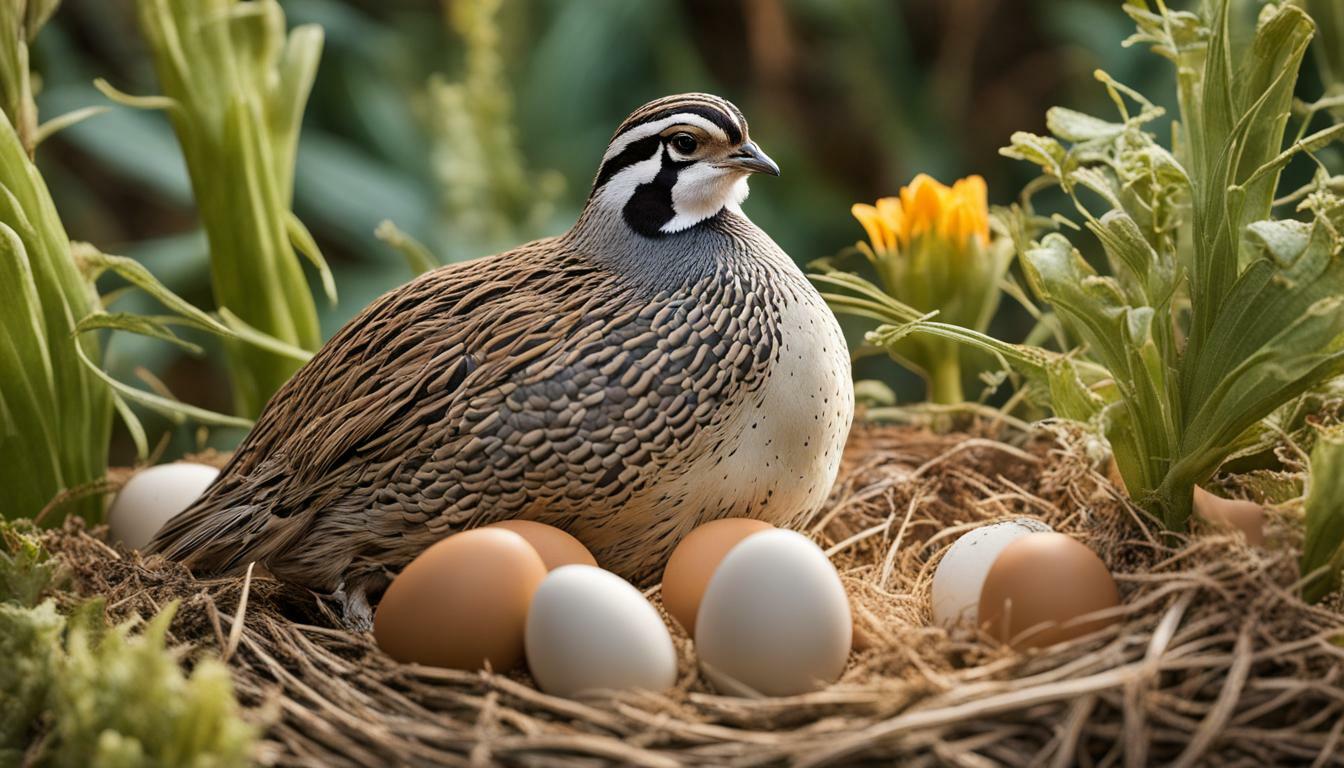Do Pigeons Lay Eggs? Uncover Bird Behavior

Table of content:
- How Often Do Pigeons Lay Eggs?
- What Do Pigeon Eggs Look Like?
- Where Do Pigeons Lay Their Eggs?
- Do Male and Female Pigeons Share Incubation?
- How Long Does it Take for Pigeon Eggs to Hatch?
- What Happens if Pigeon Eggs Don’t Hatch?
- How Do Baby Pigeons Grow and Develop?
- Interesting Facts About Pigeon Breeding
- Conclusion
Pigeons are one of the most common birds found in urban areas around the world. Their ability to reproduce and raise young in close proximity to human environments is one reason why feral pigeon populations thrive. A common question many people have is do pigeons lay eggs? The answer is yes, pigeons do lay eggs as part of their breeding and reproductive process.
How Often Do Pigeons Lay Eggs?
Pigeons can produce up to 6 clutches of 2 eggs each in a single year. However, the average is closer to 4-5 clutches per mating pair. Pigeons reach reproductive maturity around 6 months of age and will often mate for life.
The breeding season typically begins in March and lasts through October. However, in temperate climates with available food sources, pigeons can breed year-round. Each clutch contains 2 small white eggs that are incubated by both the male and female parent. The eggs hatch after 17-19 days of incubation.
What Do Pigeon Eggs Look Like?
Pigeon eggs are often referred to as “pigeon pills” because of their distinctive shape. They are equally rounded on both ends and typically about 1 inch to 1.5 inches long. Pigeon eggs are smooth and have a glossy, white chalky exterior.
When first laid, pigeon eggs appear translucent. But as incubation progresses, the egg surface becomes opaque white. Inside, the yolk provides nutrients for the developing embryo. The yolk accounts for approximately 30% of the total egg volume.
Where Do Pigeons Lay Their Eggs?
Pigeons are resourceful in selecting nesting sites. They construct flimsy nests called scrapes on natural or manmade ledges, cliffs, trees, buildings, and cavities. Pigeons tend to prefer protected sites that provide shelter but allow easy entry and exit.
Favorite nesting spots include:
- Ledges on tall buildings
- Bridges
- Tunnels
- Barns and stables
- Roof eaves
- Cliff faces and crevices
- Tree cavities
Both the male and female pigeon participate in choosing the nest site. The male will gather twigs and straw to construct the shallow nest while the female adds the finishing touches.
Do Male and Female Pigeons Share Incubation?
Yes, both the male and female pigeon take turns incubating the eggs. Pigeons are monogamous breeders and share parental duties.
After mating, the male pigeon selects the nest site and uses twigs and other debris to build the nest. The female then lays the first egg and the second egg 48 hours later. Once the clutch is complete, both parents participate in incubating the eggs.
The mother incubates the eggs during the day, using her body heat to keep the eggs around 99°F. At night, the male takes over incubation responsibilities. Both parents develop a brood patch, or bare skin on their abdomen, to transfer warmth to the eggs.
How Long Does it Take for Pigeon Eggs to Hatch?
Pigeon eggs hatch after 17-19 days of incubation by the parents. Hatch times can vary slightly based on air temperature. Warmer ambient temperatures may accelerate hatch times by a day or two.
Towards the end of incubation, the nearly developed squabs will use their egg tooth to pip through the shell. After piping, it can take 12-48 hours for the squab to fully emerge from the cracked egg. Newly hatched squabs are covered in yellow down feathers.
What Happens if Pigeon Eggs Don’t Hatch?
If a pigeon egg fails to hatch after 20 days of incubation, it can be assumed the embryo stopped developing. Unhatched eggs are often ejected from the nest by the parents.
Common reasons for egg hatching failure include:
- Infertile eggs that were never fertilized
- Embryonic genetic defects
- Temperature fluctuations during incubation
- Insufficient air circulation within the egg
- Parents abandoning the nest due to predation or disturbance
If one pigeon egg in a clutch fails to hatch, the parents will continue to incubate the remaining egg. However, full clutches of two eggs rarely fail to hatch which indicates healthy mating and incubation behaviors.
How Do Baby Pigeons Grow and Develop?
Baby pigeons are called squabs or nestlings. Newly hatched squabs are helpless, with closed eyes and yellow down feathers. For the first week, they are brooded extensively by both parents to maintain body heat.
Around 7-10 days old, squabs open their eyes. At this point, the parents begin regurgitating crop milk – a nutrient rich substance produced in the crop lining – to feed the young. Crop milk contains proteins, fats, immune cells and growth factors to stimulate development.
By 2-3 weeks old, squabs develop dark gray feathers for camouflage. Parents continue to feed the squabs but gradually decrease offerings of crop milk. Around 25-30 days, young pigeons are ready to make their first flights and leave the nest. However, parents continue to care for fledglings until they reach full independence at 6-8 weeks old.
Interesting Facts About Pigeon Breeding
- Parent pigeons can produce crop milk even when not incubating eggs, indicating it’s hormonally regulated.
- Male and female pigeons perform courtship rituals like billing, bowing, and nest circulating to find and attract mates.
- Both parents develop brood patches for skin-to-egg contact during incubation.
- Pigeon eggshells contain high levels of calcium carbonate to protect the developing embryo.
- Newly hatched pigeons have an egg tooth for pipping through the shell. It falls off soon after hatching.
- Pigeons are monogamous and mate for life. Both parents raise and care for young.
- Young pigeons are called squabs or nestlings.
- Pigeons can breed year round as long as food is available. Peak season is spring to fall.
- Feral pigeons average 4-6 clutches per year with 2 eggs per clutch.
Conclusion
In summary, pigeons are prolific layers and devoted parents. Their incredible breeding capabilities and parental care behaviors allow pigeon populations to thrive close to human activity. Pigeons construct flimsy nests on urban structures and take turns incubating 2 white eggs for 17-19 days.
The hatchlings are fed nutrient-rich crop milk until they fledge around 4 weeks old. Understanding the reproductive strategies of pigeons can help shed light on how these intelligent birds adapted so well to live alongside people in cities worldwide.
Welcome. I’m Adreena Shanum, the proud owner of this website, and I am incredibly passionate about animals, especially poultry. I founded adreenapets.com as a labor of love, stemming from my desire to share my knowledge and experiences with poultry enthusiasts worldwide.




